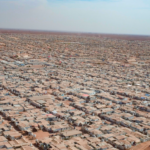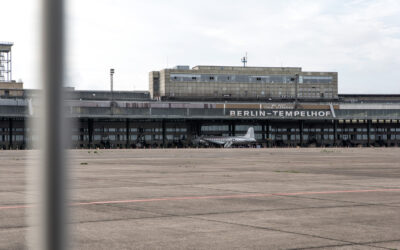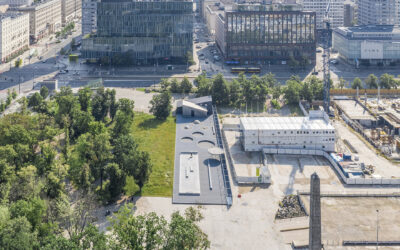
Zaatari Camp is under the joint administration of the Syrian Refugee Affairs Directorate (SRAD) and UNHCR. UNHCR is the lead on Protection, Health, Shelter and Site Planning, Security, Community Mobilization, Basic Needs, and Livelihoods. As the lead agency for refugees in Jordan, UNHCR is also covering Camp Coordination, which includes overall strategic and inter- camp operational coordination as well as within the sector working groups. Close to Jordan’s northern border with Syria, Zaatari has become emblematic of Syrians’ displacement across the Middle East following its establishment in 2012. Since then the camp’s evolution from a small collection of tents into an urban settlement reflects both the needs and aspirations of the camp’s residents and a transition to a more predictable, cost-effective, and participatory platform for the delivery of assistance.
During these 10 years many things happened in the camp and on one hand they are the feedbacks of its evolution into a proper urban settlement and on the other they are evidences of its problems: tents have been replaced by 25,000 prefabricated shelters, over 20,000 births have been recorded in Za’atari, there is a market that features 1,800 shops, eight medical facilities provide free health care, more than 30 organizations operate in the camp, 30 per cent of households in Za’atari said the water supply was not enough to cover all their needs, Zaatari camp is powered by solar energy, only 4 per cent of refugees hold work permits, cash is being replaced mobile money, most refugees want to return home one day.
The work of UNHCR has been fundamental to solve some of the major problems inside the camp, some of its activities include:
- protection and support to camp’s residents
- continuous registration and verification of families and residents
- empowering community and livelihoods ensuring disability-friendly spaces
- assistance to refugees in finding a job and in providing cash
- improving quality of education through schools and training for teachers
- 8 medical facilities in the camp provide primary and selective secondary and tertiary healthcare services
- social mobilization activities are ongoing in partnership with OXFAM, focusing on water conservation messaging, equitable water distribution, and network operation and maintenance
- regular distribution of hygiene items to camp residents
- providing adequate and gender-appropriate shelter
- providing electricity through solar plant
Recommended by Margherita Moscardini
Sources:
https://www.unhcr.org/jo/wp-content/uploads/sites/60/2022/12/9-Zaatari-Fact-Sheet-September-2022.pdf
https://www.journalpublicspace.org/index.php/jps/article/view/1628










